Articulation skills and disorders
Articulation skills are among the first things that get noticed on a person. Even though it is not right and it is unfair, people who suffer from articulation disorders often get judged by other people. All children have problems with pronouncing the words properly. But as they grow they gradually develop their articulation skills. As the skills get developed, the pronunciation also gets improved. The bilabial sounds such as m, b and p get mastered at an earliest age, and they are commonly followed by n, t and d. There are kids who suffer from distorted or inaccurate production of certain sounds, so they require speech therapy, which is very efficient in correcting such distortions. There are also certain types of articulation therapy which can be utilized at home. People are usually not aware of the fact that various articulation disorders may have a developmental nature. Improper articulation in children may become habitual and so they do not resolve until a child matures to a certain age. Articulation impairments may also be triggered by stroke, head trauma, seizure, cleft palate or hearing loss. An interesting fact is that girls usually develop their articulation skills faster and earlier thanboys.
Common types of disorders
th is either voiced or unvoiced and it is interdental fricative. This sound is articulate at the tip of the tonfue and it is placed between the lower and upper front teeth. The air gets expelled between the tongue tip and the upper teeth. It is usually labialized as v or f or sometimes stopped as d or t. F and v are voiced or unvoiced and are labiodentals fricative. They are articulated by placing the lower lip against the upper front teeth. The air gets expelled between the lower lip and the upper teeth. They are usually backed as z or s, or stopped as b or p. Sh and zh are commonly stopped as t or d or fronted as z or s. J or ch are commonly stopped as d or t or perhaps de-affricated and fronted as z or s. Z and s are usually either lateralized and pronounced as a letter which does not exist in the alphabet, or dentalized as th. L can be formed as w or glided as y or w. r can be fronted as v or w, or perhaps glided as w. G and k can be fronted as d or t.


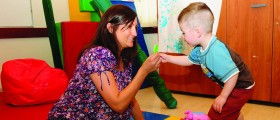



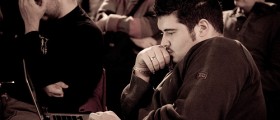

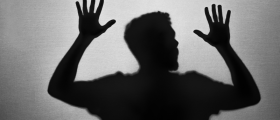



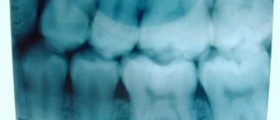


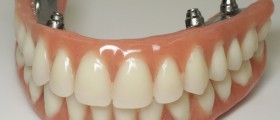

Your thoughts on this
Loading...